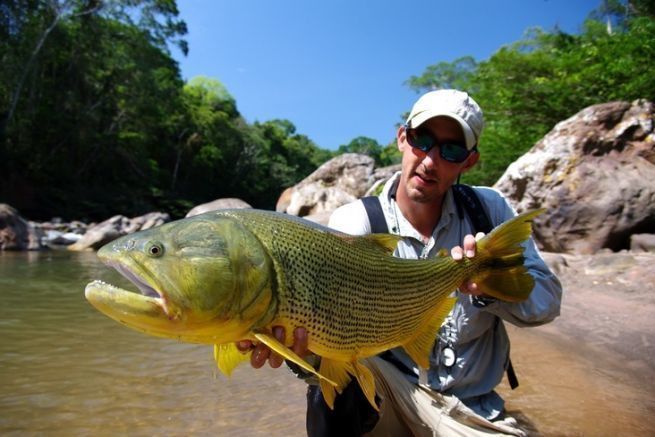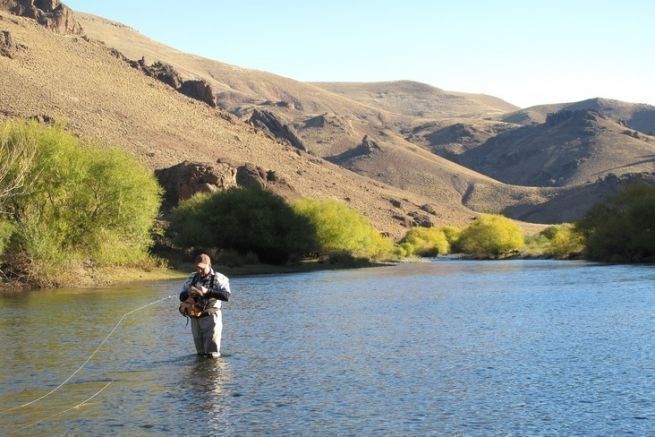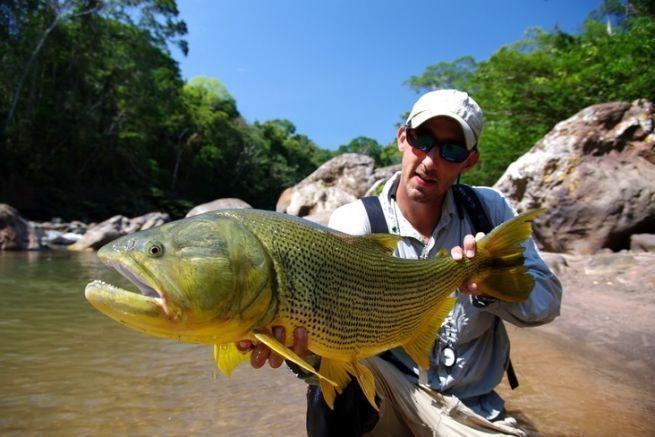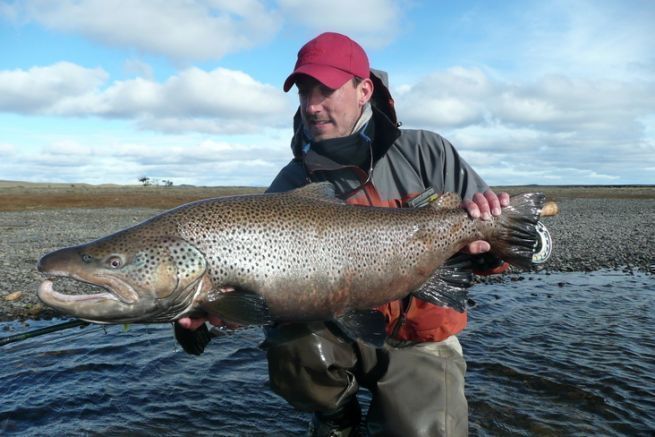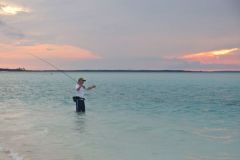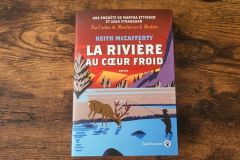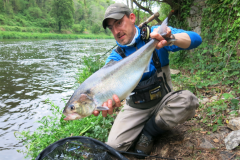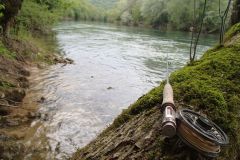This freshwater predator, with its violent, straightforward strikes and acrobatic defense, can be fished with lures, livebaits and, of course, flies, a technique I mainly used during my seasons as a fishing guide for international structures.
A limited range
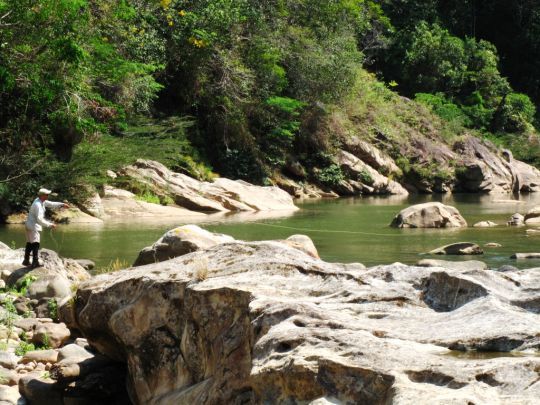
The dorado or salmonius maxilosus in this part of the world, the Pugnose Minnow is the King of the rivers, even if it cohabits with other carnivorous fish. It is found in Argentina, Bolivia, Brazil, Paraguay and Uruguay.
Found exclusively in this part of the world and not to be confused with the Mahi Mahi, the golden dorado lives in warm, fresh water (between 20 and 30°C). It feeds on a variety of prey, mainly forage fish such as sabalo.
In Argentina, it can be fished in the country's largest river, the Parana, with its murky, silty waters, but also in several of its tributaries, including the Rio Corrientes, and further downstream the Rio Uruguay, where very large specimens can be found downstream of the La Zona dam.
The Rio Corrientes springs from one of the world's largest marshes, the Estero del Ibera, where it lives in lagoons and channels.
In the north-west of the country, the Rio Juramento and Rio Dorado are the main fishing grounds for this magnificent fish, which is as combative as it is spectacular.
In Bolivia, several rivers with crystal-clear waters are colonized by the dorado and are among the best fishing spots on the planet, in the Tsimane lodge fishing areas.
The right equipment
To find this robust and powerful predator, you need to use the right tackle. 9-foot rods with power ratings of 8 to 10 are the norm and will depend on the size of fish you encounter.
When the dorados are small, an 8-power rod will suffice. But to extract large fish from structures, or large Bolivian specimens, a fast-action 9-power rod is a good compromise.
It's important to have several lines on hand to adapt to the conditions, even if you'll often use a floating or intermediate line. A short tapering leader with a rod length ending in 30 lb and a steel or titanium leader also in 30 lb will be essential to avoid being cut by the sharp teeth and powerful jaw.
The flies used are large black and coloured Andino deceiver streamers on 1/0 to 3/0 sea hooks identical to those used for tarpon, such as the Gamakatsu SC15 and SC17. Surface flies also work and it's always very exciting to get him on a popper, gurgler or even a small rodent imitation.
Explosive fishing!
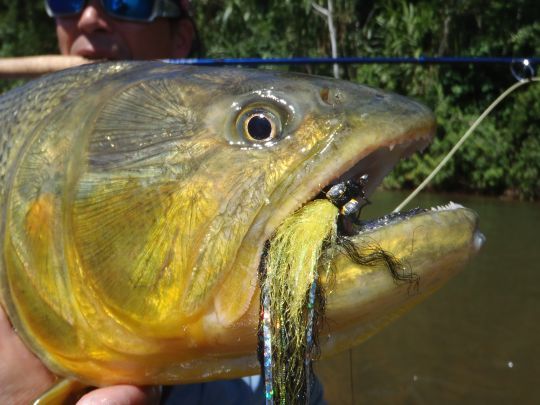
The dorado is often fished in currents where it strikes forage fish, mainly sabalos, but also boga and bagre.
On large rivers such as the Parana and Rio Uruguay, they can be found along structures (rocks, trunks, etc.) or hunting on sandbanks, where they surround and block their prey before attacking.
In some rivers, such as the Rio Dorado in Argentina, but mainly in Bolivia, it can be sight-fished in these clear waters.
Once spotted, cast upstream of the current and then pass the fly close to the shoal to trigger them. Generally, you need to striper very fast to imitate a fleeing prey, but in very strong currents, it's possible to fish with an inert drift.
The bite is very violent and you'll have to hook with the line several times to pierce the very hard mouth of this characid. Once hooked, the dorado will jump several times to try to get rid of the hook, then dart off into the current. Either way, you're in for a great adrenalin rush!
